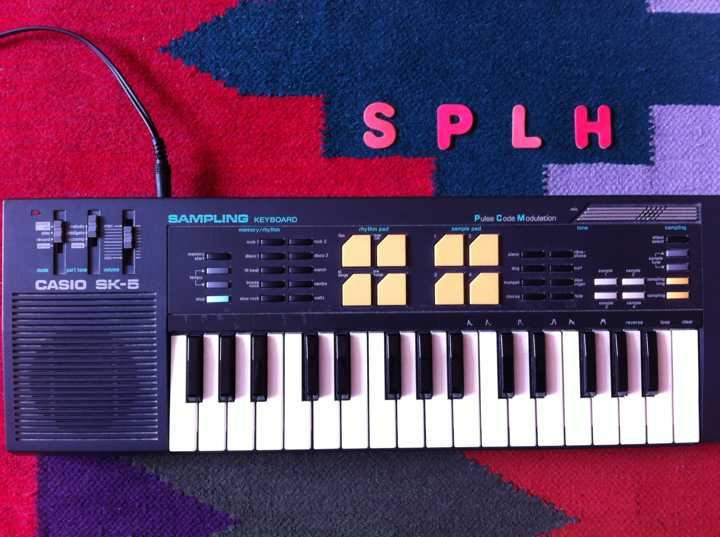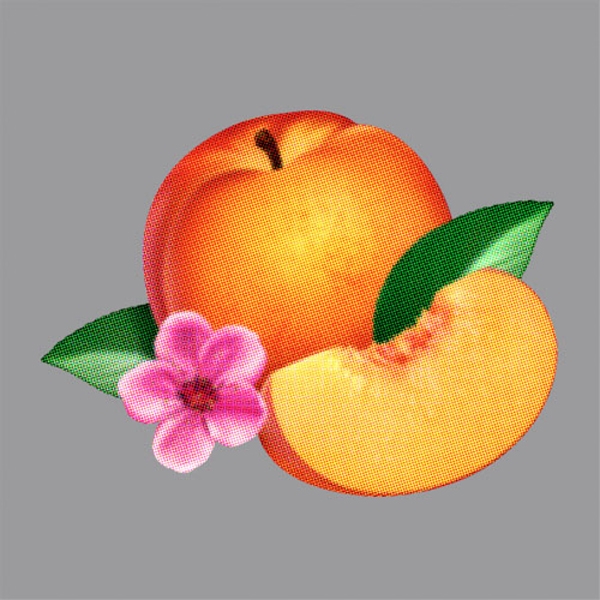Having successfully completed a pledge campaign to ensure its release, the ever singular Mojo Fury unveil the sprawling mastery of The Difference Between having reignited the fire in the hearts of their fanbase. Considering the almost necessary participation of the latter, not to mention the band’s own open-handed generosity in return, there is a very real sense of both camps being in it together. That said, with the grandiose silhouette of their groundbreaking 2011 debut album Visiting Hours of a Travelling Circus looming large in the background, the question remains: will the Mike Mormecha-fronted band falter in the wake of huge expectation or continue to reign victorious as one of the country’s finest ever rock bands?
A crescendo-like opening battle cry reminiscent of (but, of course, totally different to) ‘Cochise’ by Audioslave, the beginning of ‘Safe In The Arms’ evolves from an ominous ascending climb to resolve in a glorious, bona fide mantra-like announcement of arrival. Coursing between Asiatic chord changes and the song’s tremolo-soaked charge, it culminates in a breathtaking technicolour audible explosion reminiscent of Absolution-era Muse, Mercury Rev and Quasi. Leading into the unmistakable prog bombast of ‘Origami Bird’ – a ridiculously hook-filled track defined by its irresistible groove-laden stomp – any concerns of potential hesitation or missing the mark form Mojo are consigned to the depths of needless speculation.
The immeasurably more measured ‘All In Awe’ follows, its portentous ballad-like swoon and jaunty piano-led verses evoking recent solo work from Jack White but propelled by a chorus, bridge and much more besides that is unequivocally Mojo Fury in nature. Better still, the pounding, perfectly jagged electronic strut of ‘MBBM’ distils the very best compositional hallmarks Mormecha and co., forging them together into an almost impossibly infectious early album peak. Seguing from a libidinous Nine Inch Nails-like swagger to a coursing, riff-fuelled breakdown and spectacularly executed guitar solo, the song expires amidst an invincible torrent of harmony and groove; “Should have got with him for his money” echoing in the ear.
Title track ‘The Difference Between’ conjures a lost track from Pretty Hate Machine as performed by Physical Graffiti-era Led Zeppelin, Mormecha’s vocals coming to the foreground throughout. A spiralling, goosebumps-inducing tempest that will be familiar to anyone who has experienced their passion and energy live, the second part of the song is an inexorable high point of the album and one of the band’s greatest ever releases. Woozy synth and braying distorted guitar lines introduces the superb somnolent sway of ‘Iris Influential’, an understated track that sees Mormecha’s delicate vocal delivery take centre stage and arpeggiated, almost early Nineties House-esque piano chords forge with skittering fuzz guitar and distant harmonies. A strikingly sparse track that reveals the cogs of the band’s meticulous songwriting.
Striking an exquisite balance between the conclusively radio friendly and ingenuously composed, ‘Terraform’ is another dazzling highlight. “It’s really freaking me out,” Mormecha chants on the chorus, the song’s multi-layered electro surge yielding to stupendous warped melodies and ecstatic chromatic climbs. The nigh on genre-less ‘Tear The World Apart’, too, combines the everyday anthemic with the fearlessly fucked up: shuddering beats on the intro, an electro bastardisation of ‘Caterpillar March’ by Kyuss on the verses and the starry-eyed synth panorama of its chorus culminating in a euphoric sonic payoff that just about single-handedly serves as a summation of this band’s almost irrefutable originality and brilliance.
Eight songs in. Where’s the “just okay” track? Where’s the number that just misses the mark? Wasn’t there supposed to be some mid-album filler? The five-minute instrumental interlude that fleshes the whole thing out a little more? Apparently not. Whilst track number nine, the infatuated ‘Medusa’ could very well be one many more singles from The Difference Between in the making, the wonderfully-titled ‘Salty Sticky Hearts’ – the longest on the album at 6 minutes, 45 seconds – veers between enamoured sensuality, prog braggadocio and a bridge that re-imagines the smitten piano-led instrumentalism of ‘Mouth Of Ghosts’ by Dillinger Escape Plan with the imprint of everyone else from Pink Floyd to Smashing Pumpkins accounted for. Here as always, though: Mojo Fury sound, first and ultimately foremost, very much like themselves.
Nearing the end, ‘To Comprehend’ begins on a bobbing John Carpenter-esque synth line, the song’s beautifully retro self-reflectivism inexplicably detonanting much like ‘Safe In The Arms’ precisely at the three minute mark. Without hint or thought of exaggeration, it sounds nothing short of major international festival concluding stuff. You can just about see the lights panning across a hypothetical crowd, Mojo Fury illuminated in white light – slow motion montages, hair over the face and sweat-drenched crowd members temporarily paralysed in close-eyed, fist-clenched, soul-enhancing deference. Elation achieved, ‘Golden Wall’ seals the deal via supremely meditative piano, vocals and brass before the inevitable final upsurge recalling Talk Talk circa Spirit Of Eden, The Black Heart Procession and Elliott Smith. Totally inspired.
The Difference Between is – alongside Visiting Hours of a Travelling Circus – the literal difference between Mojo Fury and many of their peers and contemporaries, regional or otherwise. It is resolute and fearlessly original, melodically sublime and uncompromisingly bold. It traverses genre, sub-genre and sentiment with gusto and aplomb without hesitating for a nanosecond to consider itself. Not only the most comprehensively perfect Northern Irish album of the year so far, it is surely one of the most significant second albums in the history of contemporary alternative music. Buy it, tell your friends and go see Mojo execute it in the flesh again and again and again. You’ll be glad you did when they’re massive. Brian Coney






